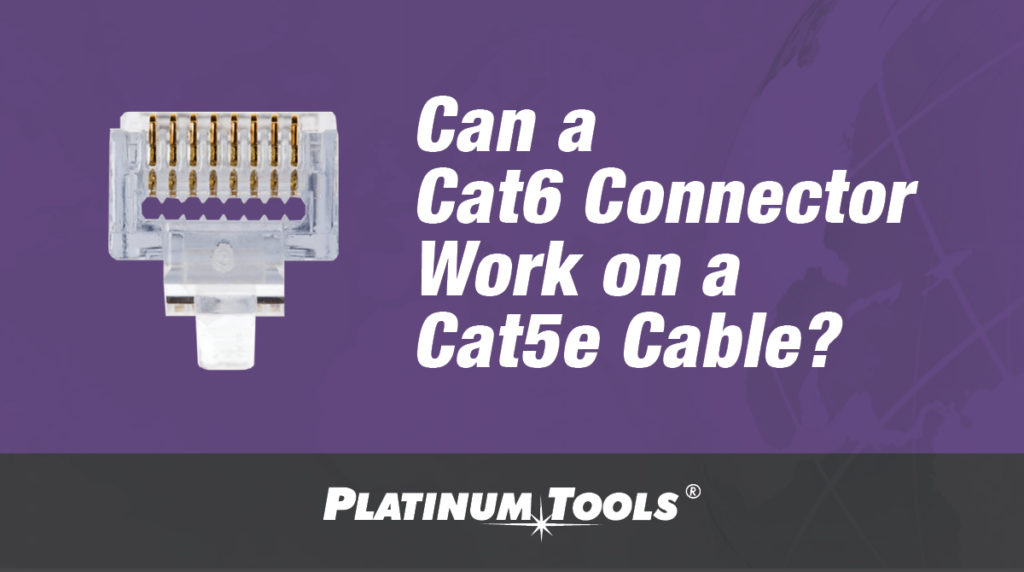Empower your Expertise for the Internet World
Networking environments today have become more dynamic. AV and IT professionals cannot rely on being just ‘good enough’. Individuals and organizations need to be equipped with the right knowledge and skills to overcome any and all situations to keep ahead of the technology curve.
Zyxel’s Training Course ensures that AV and IT professionals are constantly learning about the cutting-edge of networking technology, and will be well-equipped with in-depth knowledge and pertinent skill-sets to deploy, maintain and improve their network’s performance.
Introduction to Zyxel and the switch range
- Learn about the different switch ranges that Zyxel have to offer from the unmanaged to the full Layer 3 range.
- Zyxel’s range of switches offer different PoE power budgets so how can we make the most of the available power budget and make sure that switch provides the correct power to the correct device.
- 10Gig options that Zyxel offer to support your higher network throughput including stacking and what does this mean for your network design.
- Understand the fibre connections and the different modules that Zyxel offer to interconnect your switches.
Technical setup of the switches
From the very basic environment to the complex, the Zyxel product range can handle all these requirements. Introduction to Zyxel configuration and the features that might be useful in your environments.
- Look at different network designs and the pro’s and con’s in these environments.
- VLAN – what are they and how can we use them to isolate and segregate a network.
- Link aggregation – What is it and why should I use it?
- Spanning Tree – Providing resilience in your network.
- IGMP – What is Multicast, and how do we control it on the network?
- Look at the Zyxel GUI, and how easy these features are to configure for any installer.

Hugh Simpson – Head of Channel Pre Sales, Zyxel
Hugh has been with Zyxel for over 12 years, having started as the UK support manager. He then moved to run the European Customer Support Organisation and then into Presales focusing on the UK channel business. By being with Zyxel for over 12 years, Hugh has seen a wealth of change and experience in the organisation, products and features.
Cost:
The Zyxel Training Course is FREE OF CHARGE. We only ask that you commit to attending once you have signed up!
Time:
The Zyxel Training Courses begin at 10am and run until around 2:30pm.
Location:
TDI Tremiver Ltd, West Farm, Popham, Winchester, Hampshire, SO21 3BH. (Click HERE to see us on Google Maps)
Contact:
To secure your place on any of our FREE training academies, please email links above or, alternatively, give us a call on 01256 397 770 to register.
Our close relationships with manufacturers enables us to offer bespoke training sessions. Give us a call to discuss your training requirements for course content, presentation style (classroom or hands on workshop), and location. We can tailor training to suit your needs.
If you would like to book on Zyxel Training, please click the following link – BOOK NOW
To view our range of Zyxel Network Solutions, please click HERE.

